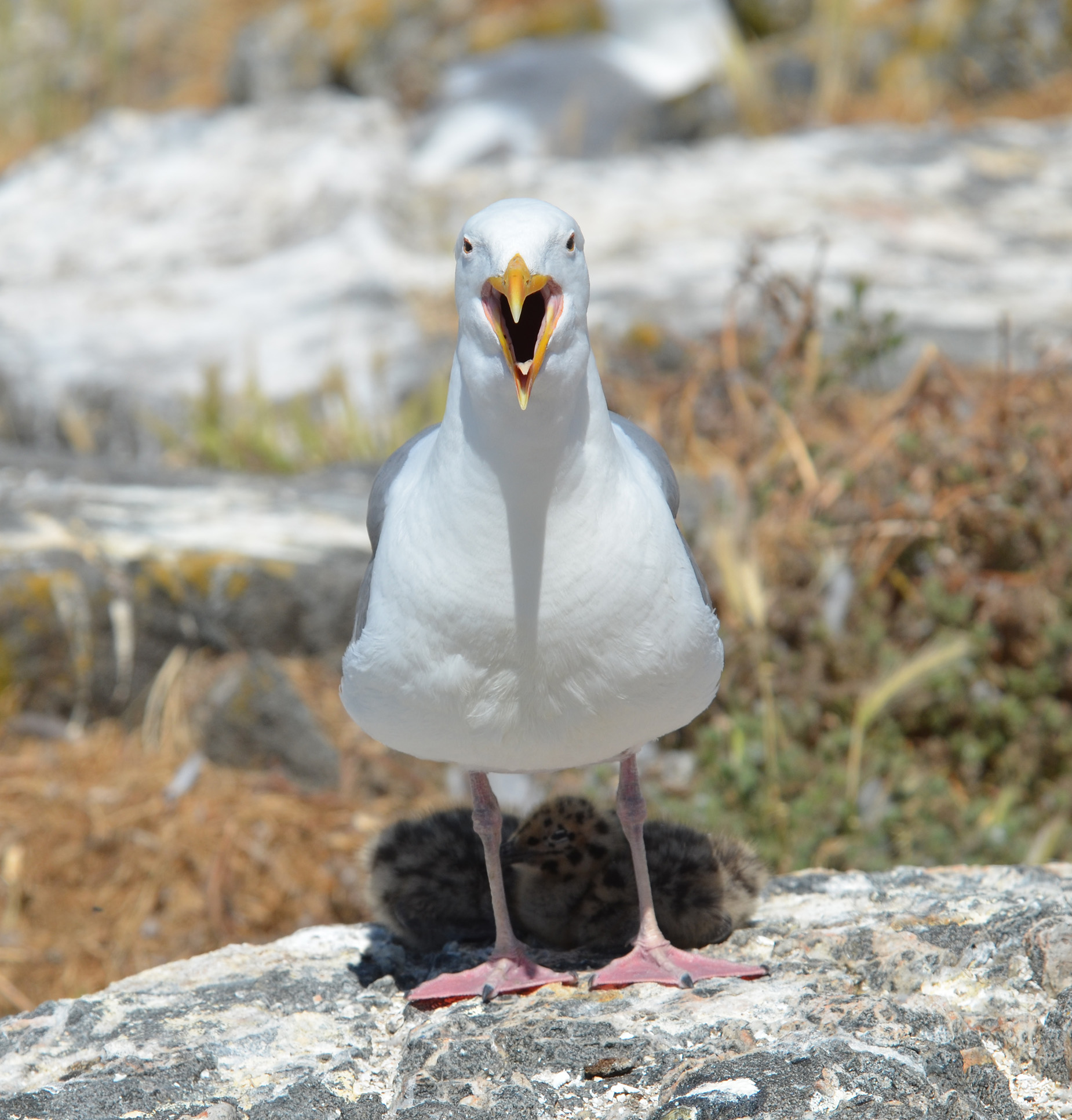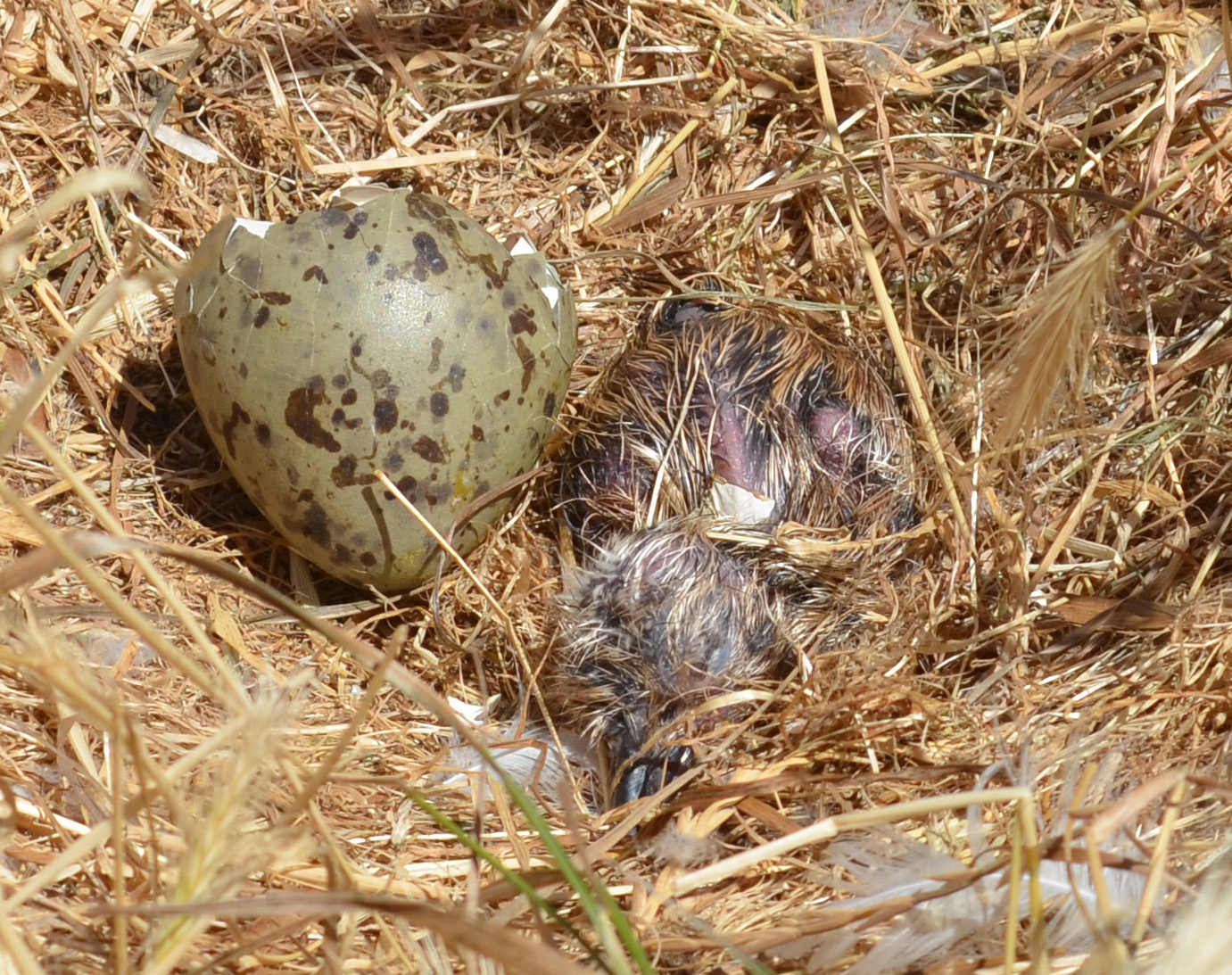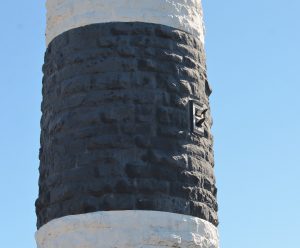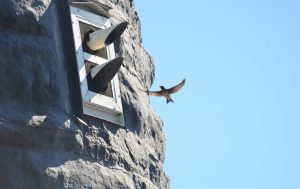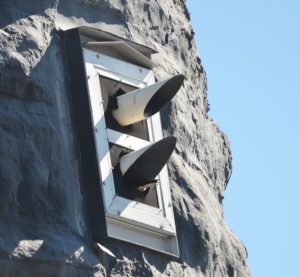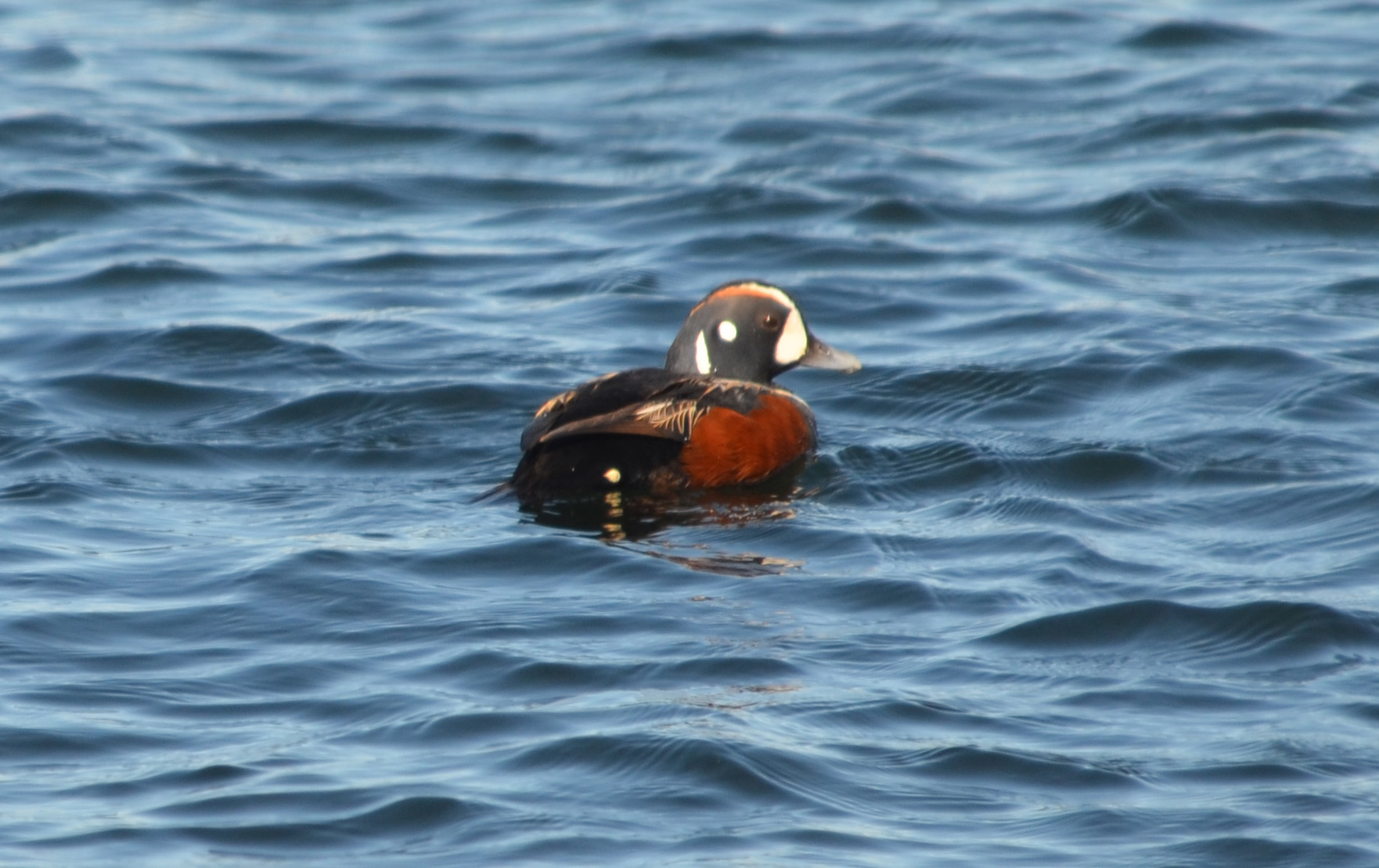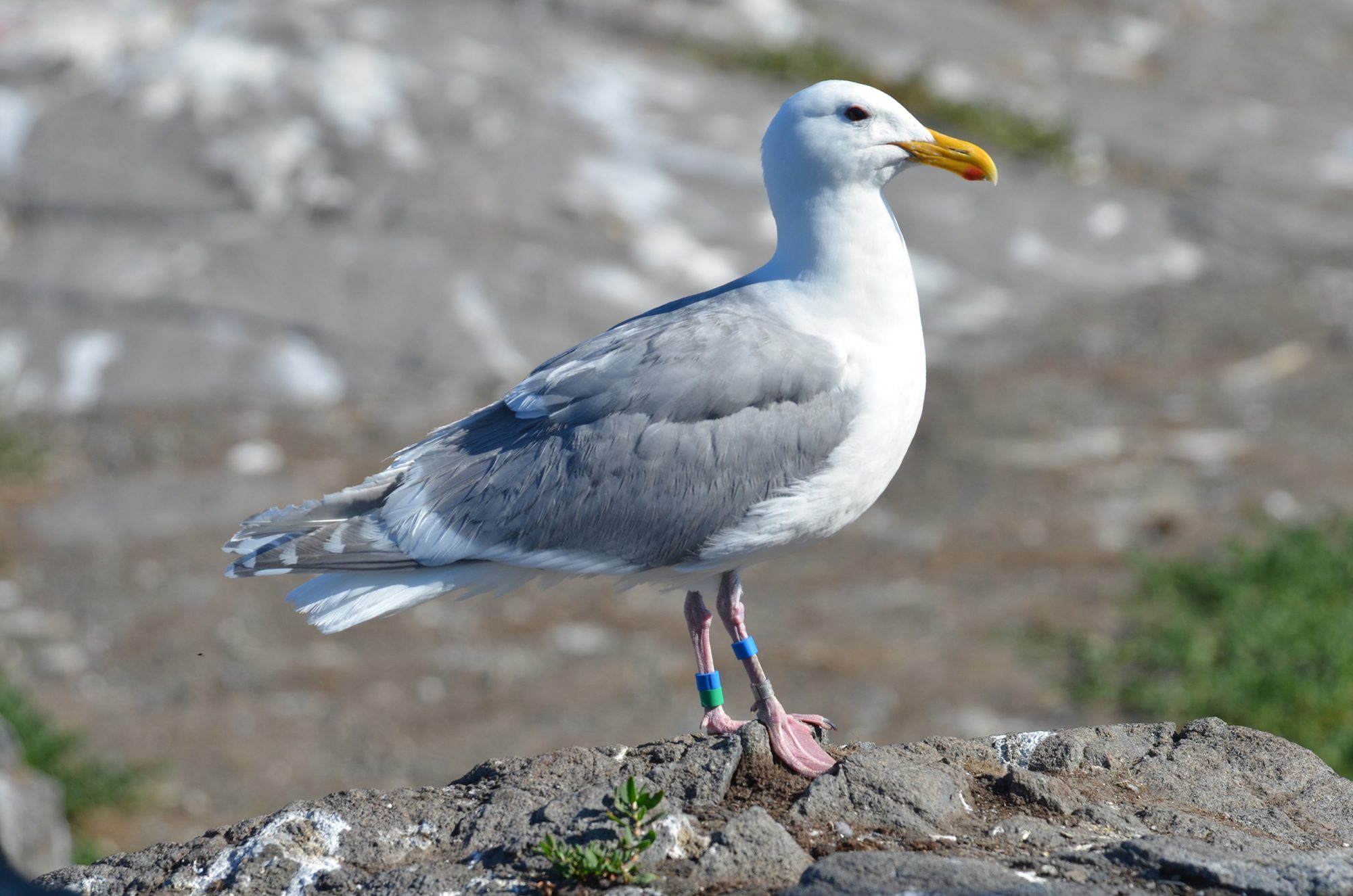On June 20, 2045 , Race Rocks Ecoguardian Christine Chourmouzis found a purple martin in her house
she writes in her log: Two purple martins were spotted on top of the tower and on roof of the Keepers’s house around noon. At 3 pm I discovered a purple martin had made its way down the chimney pipe into the wood stove. I am so glad the ashes were cold and I was able to get it back outside!
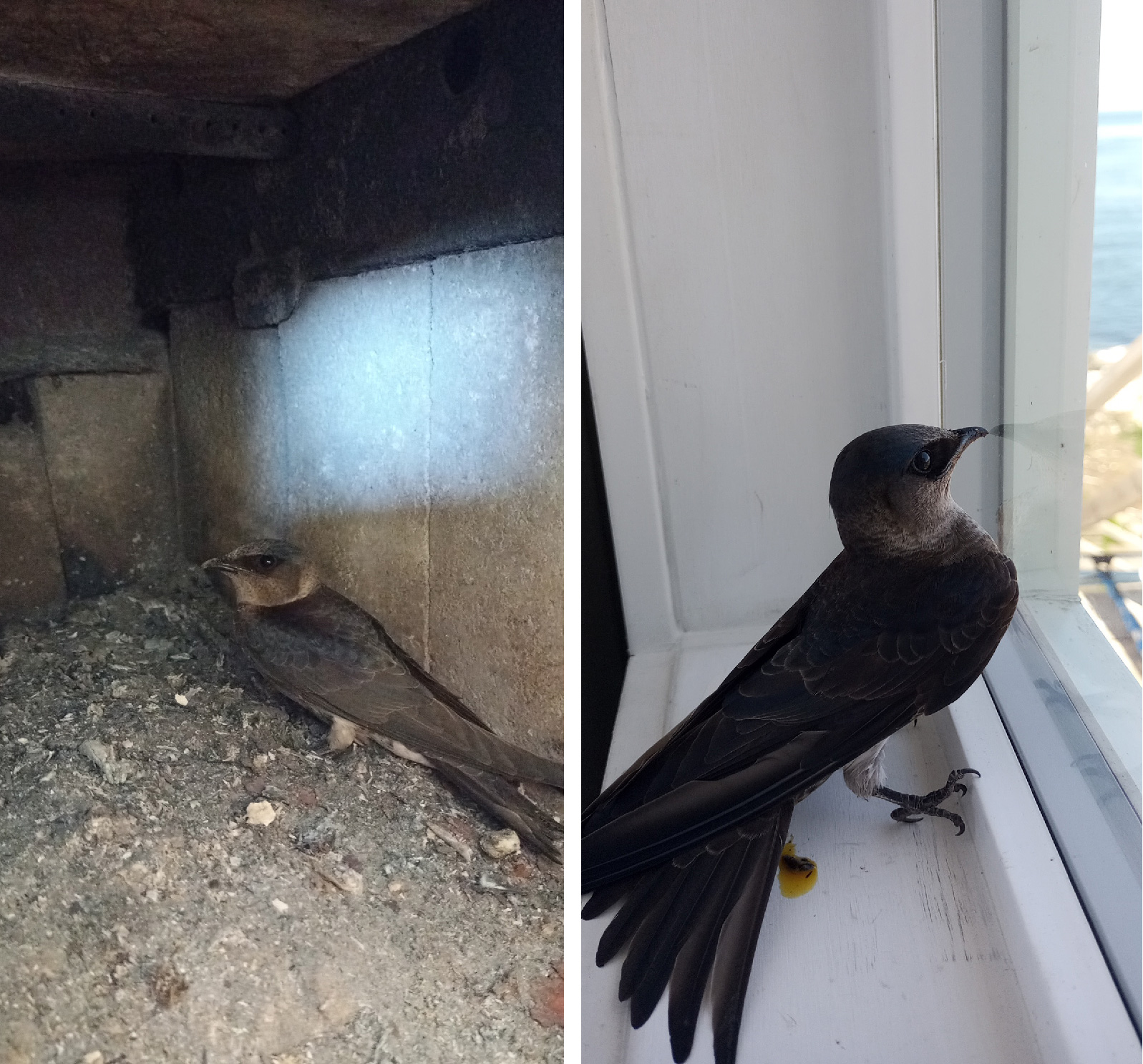
-
Purple martins suffered a severe population crash in the 20th century widely linked to the release and spread of European starlings in North America. European starlings and house sparrows compete with martins for nest cavities. Where purple martins once gathered in the thousands, by the 1980s they had all but disappeared. (Wikipedia)
They have excellent aerodynamic maneuvering control as they fly quickly over open areas catching insects with a wide opening mouth. They are valued for their voracious appetite for mosquitoes and flies. With their food being flying insects, the island certainly provides an abundant supply of the kelp fly Coelopa vanduzeei
Domain: Eukarya
Kingdom: Animalia
Phylum: Chordata
Sub-phylum: Vertebrata
Class: Aves
Order: Passeriformes
Family: Hirundinidae
Genus:Progne
Species: subis. (Linnaeus, 1758)
Common Name: Purple martin
Physical Description:
It is the largest swallow in North America.
With an average length of 20 cm (7.9 in) and a wingspan of up to 38 cm (15 in), the purple martin is the largest amongst the 90 odd species in the family Hirundinidae.[9]
Purple martins are sexually dimorphic. Adult males are entirely black with a glossy steel blue sheen, the only swallow in North America with such coloration. Adult females are dark on top with some steel blue sheen, and lighter underparts. Adults have a slightly forked tail.
Relationship with humans:
Continual maintenance and protection is required, as European starlings and house sparrows compete with martins as cavity-nesters, and will fight with martins over nest sites. Thus, unmonitored purple martin houses are often overtaken by more aggressive, non-native species.[3] Purple martin proponents are motivated by the concern that the purple martin would likely vanish from eastern North America were it not for this assistance.[24]( Wikipedia)

